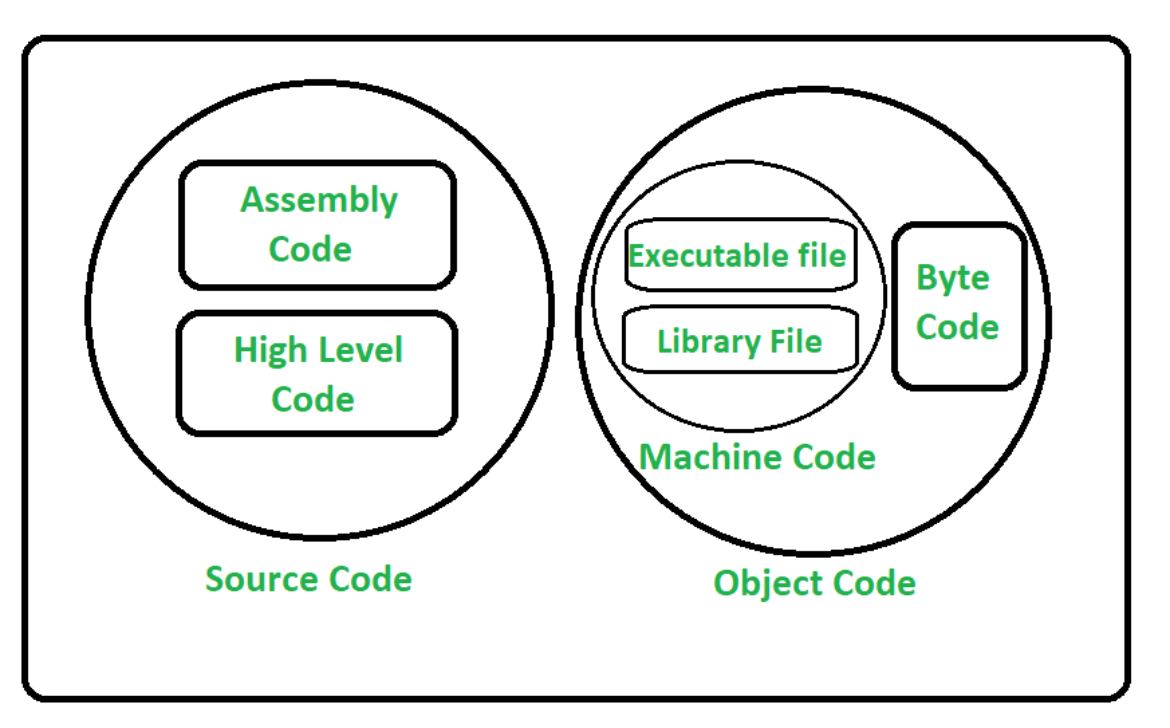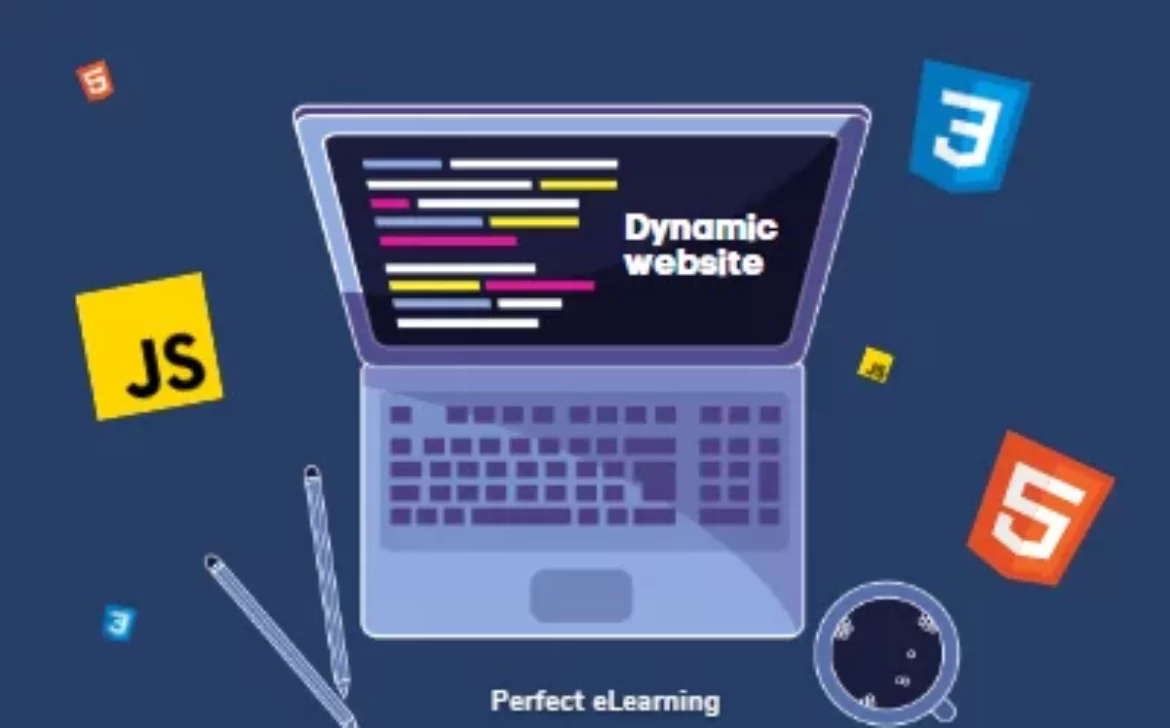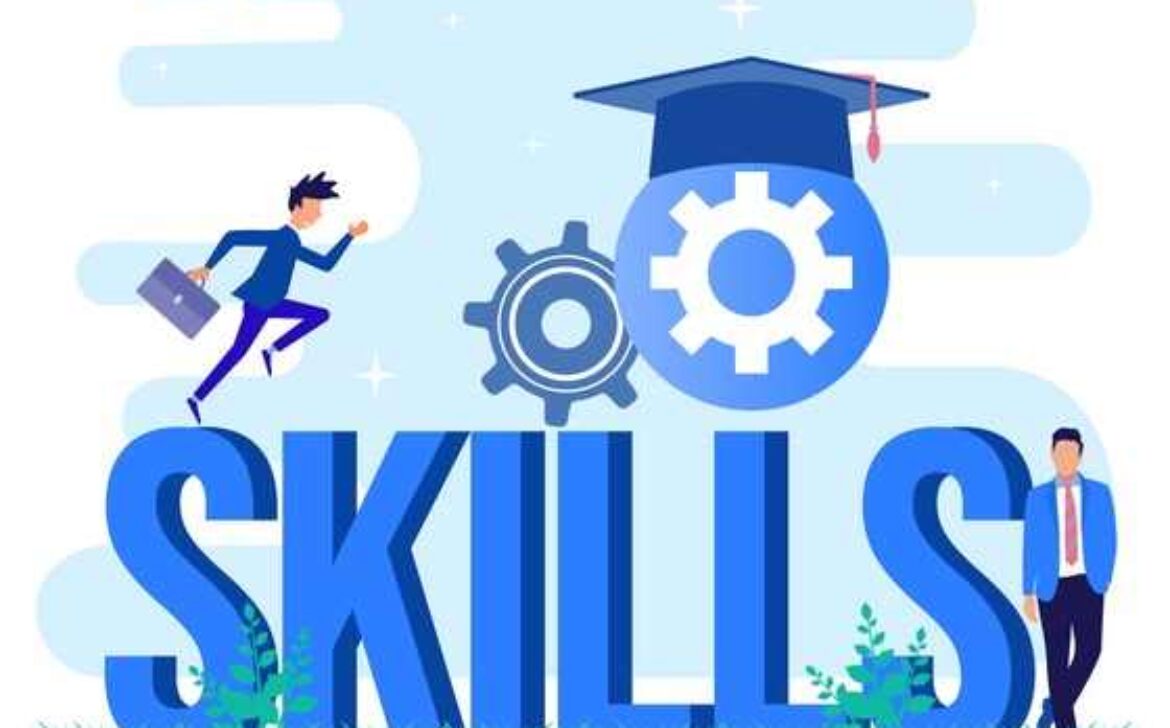The Power Beneath the Code: Exploring the Use of Assembly Language
Introduction
In the world of programming, assembly language stands as a bridge between low-level machine instructions and high-level human-readable code. Often regarded as one of the most foundational forms of programming, assembly language enables programmers to write code that interacts directly with a computer’s hardware. This blog takes you on a journey through the use of assembly language, uncovering its significance, applications, and the unique insights it offers into the inner workings of computers.
- Understanding Assembly Language
Assembly language is a low-level programming language that uses symbolic mnemonics to represent machine instructions. It is closely tied to a computer’s architecture and provides a readable representation of binary machine code.
- Writing for the Hardware
Unlike high-level programming languages, assembly language is specific to a particular computer’s architecture. Programmers write assembly code that directly interacts with the computer’s central processing unit (CPU), memory, and other hardware components.
- Program Efficiency and Optimization
One of the primary advantages of assembly language is its ability to create highly optimized and efficient code. Programmers can fine-tune the code to take full advantage of the underlying hardware, resulting in faster execution and reduced resource consumption.
- System Programming
Assembly language is often used for system programming tasks that require direct interaction with the operating system and hardware. This includes tasks like writing device drivers, boot loaders, and operating system components.
- Embedded Systems and IoT
In the realm of embedded systems and the Internet of Things (IoT), where resource constraints and performance are critical, assembly language is used to develop firmware for microcontrollers and other embedded devices.
- Reverse Engineering
Assembly language is essential for reverse engineering tasks, where programmers decompile and analyze binary code to understand how a program or system works. This knowledge is crucial for security audits and vulnerability assessments.
- Game Development
Some game developers use assembly language to optimize performance-critical sections of their games, particularly in scenarios where the software needs to push the hardware to its limits.
- Low-Level Debugging
Assembly language aids in low-level debugging, allowing programmers to inspect the state of registers, memory, and other hardware components directly. This level of visibility is crucial for diagnosing complex issues.
- Education and Learning
Studying assembly language provides a deep understanding of computer architecture and the fundamentals of programming. It can be a valuable educational tool for aspiring computer scientists and engineers.
- An Insightful Journey
Working with assembly language provides a unique perspective into the intricate interactions between software and hardware. It empowers programmers to create efficient code while offering insights into the foundation of modern computing.
Conclusion
Assembly language serves as a powerful tool for programmers seeking a deeper understanding of computer architecture and the intricacies of hardware-software interactions. Its applications span from system programming and optimization to reverse engineering and embedded systems development. As technology continues to evolve, assembly language remains a testament to the foundational principles that underlie modern computing. Whether you’re delving into the world of embedded systems, exploring the depths of system programming, or simply seeking to expand your programming knowledge, the journey through assembly language offers a rewarding experience that unveils the hidden layers of the digital world.










